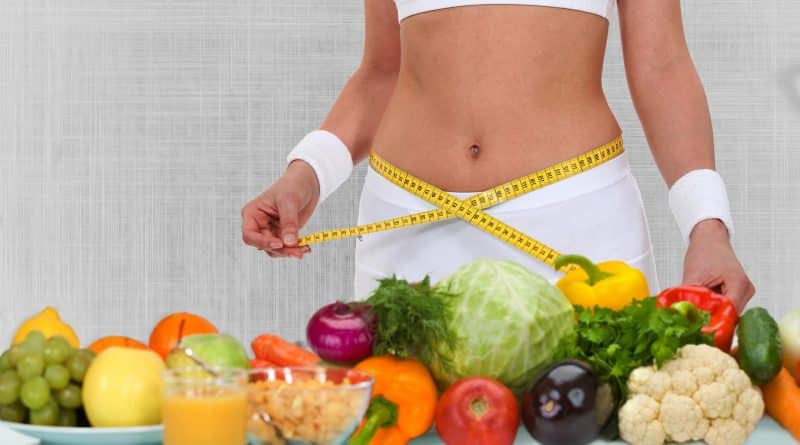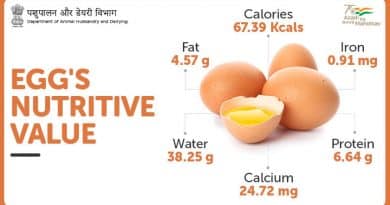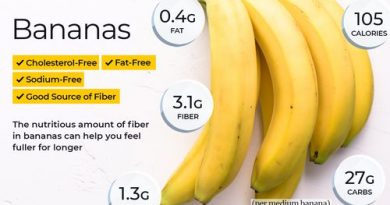The Best Nutrition Plan for Fat Loss
What’s the Best Nutrition Plan for Fat Loss?
As you may or may not know (if you don’t know, this article is exactly what you need), the majority of fat loss happens in the kitchen. You’re welcome to run and run and run until you can’t run anymore (this post explains why that isn’t efficient though), but if you’re not eating correctly, you won’t see the fat loss results you want to see. Even if you’re eating all healthy foods, you STILL might not be seeing the fat loss you want to see.
Why is this? It has to do with macronutrients. While eating healthy foods is a good start, at some point, you’ll have to move to a more precise diet to get the level of definition you might want. This article will explain in detail why fat loss occurs and the nutrition plan you should follow to achieve it.
A Quick Overview of Fat
Fat serves many purposes in the body, but the main function of fat is as an energy reserve. Fat is an efficient source of energy because it stores over two times the calories per gram that carbohydrates and protein do (9 cal vs 4 cal, respectively). The average lean adult stores enough fat to sustain life for over two months.
Why Does Fat Loss Occur?
Fat is primarily stored in adipocytes, which can take up or store fat depending on energy levels. Energy levels are determined primarily by food intake. When energy levels are high, the fat tends to stay inside the adipocytes. When energy levels are low, such as when fasting or during exercise, insulin levels drop, and epinephrine levels increase. Epinephrine causes fatty acid to be released from the adipocyte.
The resulting fatty acid then goes through a long journey throughout the body through various processes and cells. If you’re interested in learning more about the details of that, check out “The Physiology of Fat Loss” by Dr. Len Kravitz on Google. If you’re more interested in how nutrition leads to fat loss, continue reading.
The Fat Loss Nutrition Plan
There is a lot of debate about the right nutrition plan for fat loss. The hard part about it is that it varies from person to person because there are so many variables involved. Your exercise, daily activity level, age, and gender all play a part in how you should structure your fat-loss nutrition plan.
The most important thing to remember is that no calculator or formula will give you exactly what you need. Your body is unique and every formula will require some tweaking. This is something only you will be able to figure out. Luckily, I’ll provide a great place to start right now.
In my personal experience, with clients and with my own body, I’ve found a lot of success with a macronutrient ratio of 40% Fat: 40% Protein: and 20% Carbs. I’ll go into a little more detail in a second, but I want to reiterate that this should be used as a starting point. You’ll likely have to adjust the ratio to find one that works for your body.
When it comes to the 40% Fat, I make sure to incorporate a lot of mono- and saturated fats because these have been found to increase testosterone. I also include polyunsaturated fat. If you’re a woman, this is less important for you, so you can stick to leaner meats with less saturated fat. Trans fat should be avoided at all costs.
The 40% protein can be any kind of protein your body can tolerate. Whey protein is my preferred option. For some people, Whey concentrate can be harder on the stomach, so Whey isolate should be substituted. If you’re trying to avoid dairy, Egg or pea protein is a great option.
I would strongly recommend investing in protein powder, as getting 40% of your total calories strictly through food will be a challenge (plus it’s expensive!). Protein powder is cheap, and effective and makes reaching your protein goals simple.
The 20% carbs are the smallest part of your diet, but the most complicated part to deal with. When it comes to fat loss, keeping your blood sugar stabilized is super important, but having enough energy to get a killer workout and recover is also important. I avoid starchy carbs like sugar (including fruit) unless it’s before or immediately after my workout.
Starchy carbs spike blood sugar levels, which is helpful for energy and recovery. If you eat a lot of starchy carbs, then do nothing, it’s likely your body will store the glucose as fat. Pre- and post-workout I eat starchy carbs, the rest of the day I stick to non-starchy carbs like veggies and other high-fiber foods.
A good rule of thumb that I follow is to stick to foods that have a starch: fiber ratio of 3:1 or less. For example, a serving of broccoli has 6g of carbs and 2g of fiber. This is a 3:1 ratio, which would be acceptable to eat at any time during the day.
What To Do If This Ratio Doesn’t work?
There’s a pretty good chance that this ratio will stop working for you at one point or another. Like I said earlier, a lot of things go into finding the right ratio of macronutrients. If you begin to feel like you don’t have enough energy to get a good workout, you may need more carbs. If you don’t feel like you’re progressing because you aren’t recovering quickly enough, you may need more carbs. I wouldn’t lower your carb intake any less than 20% as this could lead to hormonal imbalance and a screeching halt in your fat loss.
When it comes to changing your ratio, make small changes. Don’t adjust any greater than 5% at a time. For starters, if you increase your carb intake by 5%, lower your fat intake by 5%. Monitor your progress for a couple of weeks, if you see success just stick with it. If you still don’t see progress, make another small adjustment.



